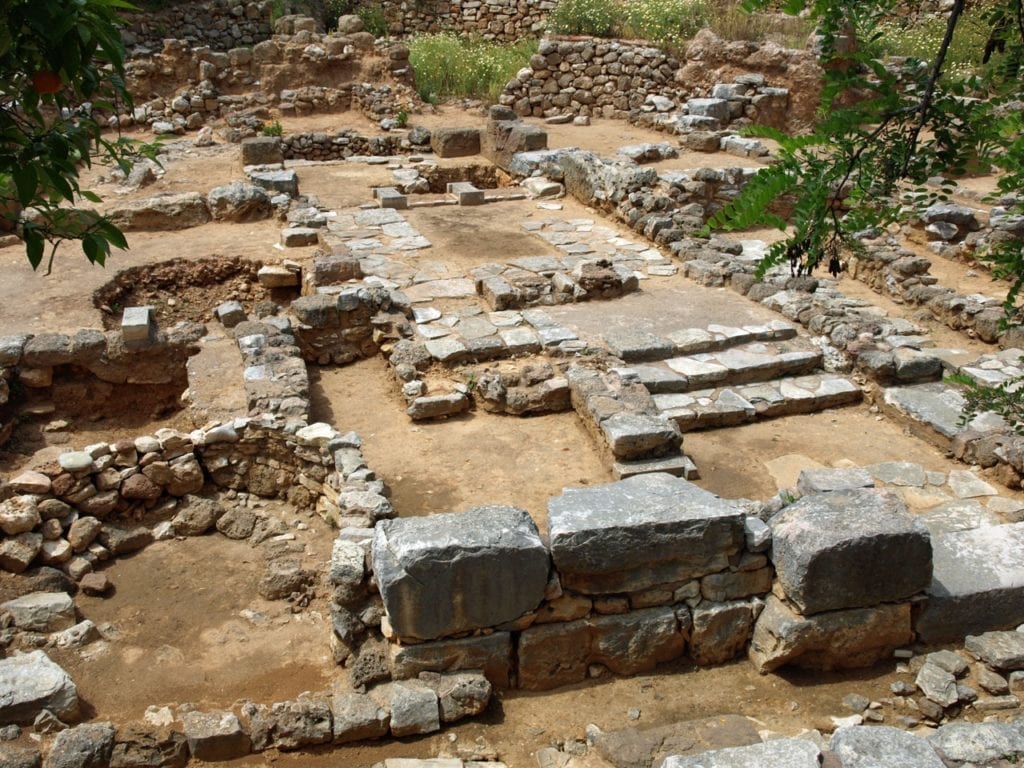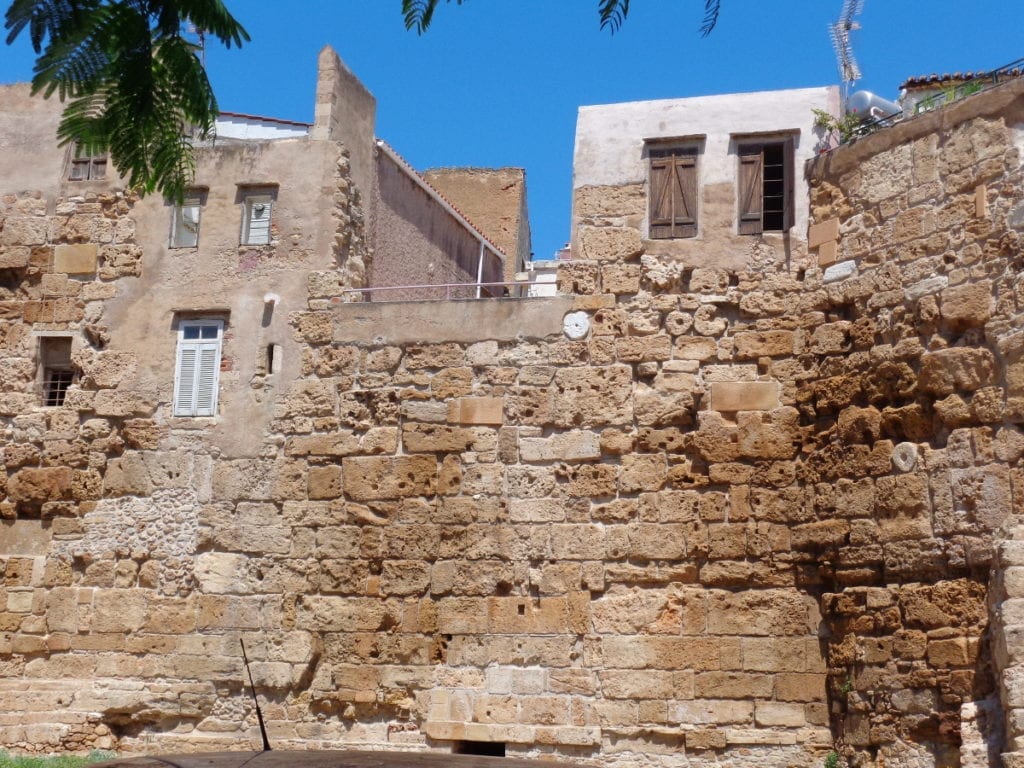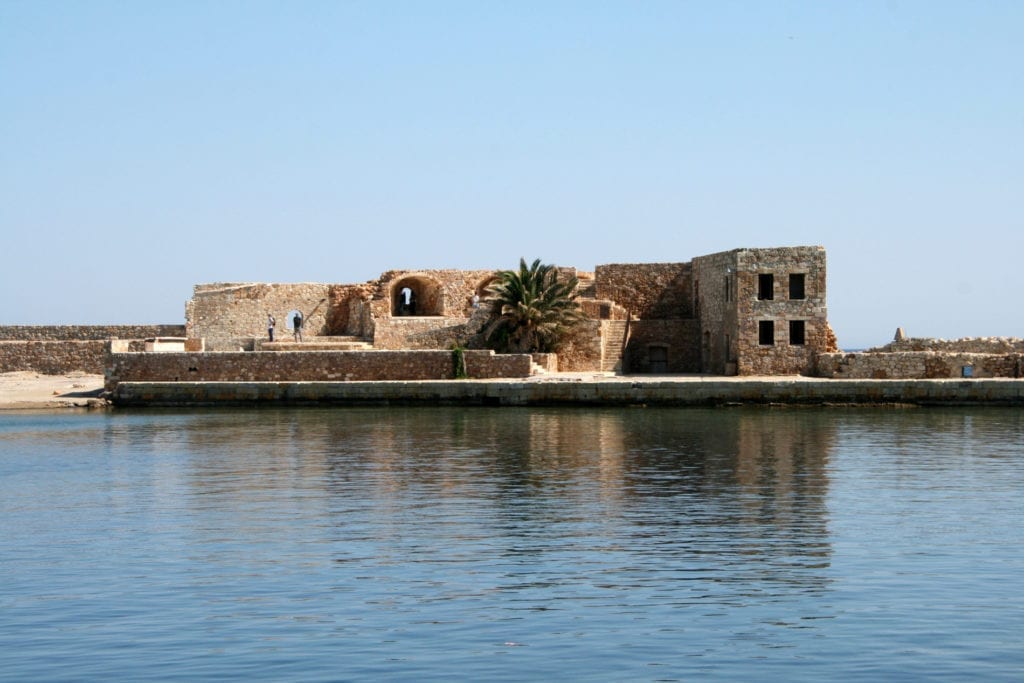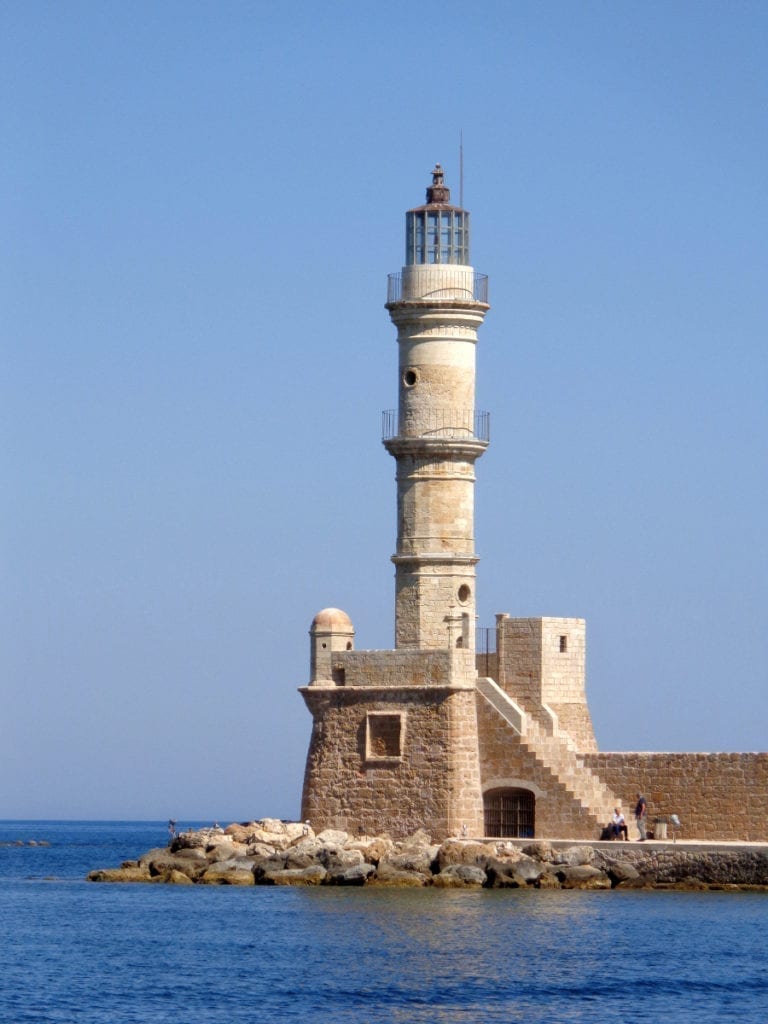Crete in-depth
crete in-depth
Crete – In-depth
teucro
According to legend, Teucro, son of the Cretan River Scamandro (from which derived the name of the river of Troia Xantos) and the nymph Idea, was forced to flee from the native island of Crete for a famine and landed on the coast of Troade: There he married Dardano’s daughter and became king. Teucro was succeeded by Troo, son of Erittonius, son of Dardano; Troo’s successor was Ilo. From these kings derived the various names of the same city: Dardania, Troy, Ilo.
cybele
The goddess personified the earth, fertility and flora and fauna. In Anatolia Cybele was the guardian of the Phrygia and she was venerated by the Trojans. Due the common character of being goddess of breeding, Cybele was also identified with the Phoenician goddess Astarte. Venerated by the Greeks as Great Mother, the image of Cybele was sometimes linked to those of Aphrodite and Athena as well. During the Hellenistic period, while maintaining the ancient naturalistic aspect, Cybele became the guardian of agriculture, civic life and cities too. After the second Punic war, following the hints of the sibylline books, the cult of the goddess was adopted even in Rome, with the building of a temple on the Palatine hill in her name in 191 BC.
idomeneo
Idomeneus, king of Crete, valiantly took part with the Greeks in the Trojan War. During the return trip, a terrible storm arose, he promised Neptune, in exchange for salvation, to sacrifice the first person he would have met landing at home. Unfortunately, he first met his son Merione: Idomeneo, nevertheless, did not hesitate to sacrifice him the same, arousing with this gesture the wrath of the gods, who struck Crete with a pestilence. The subjects then drove out the cruel king and he, with a few trusted companions, took refuge in Italy, in the territory of Salento, where he founded a city; according to the scholar Varrone (apud Ps. Prob. At Verg. Ecl.VI 32) it was Castrum Minervae.
cydonia
The Cidonî are named in the Odyssey (III, 291) among the primitive populations of Crete. The city, whose foundation is attributed to King Minos, became one of the main centers of this e island of the classical age, thanks to a rich and fertile territory. Destroyed around 1450 B.C. like the other Minoan cities of the island, it was later rebuilt and in Hellenistic times became a thriving center. In the wars against the Romans the Cidonî fought valiantly at the head of the other Cretans for their freedom, defeating and destroying in 77 a. C. the fleet of M. Antonio, the father of the triumviro; in 69, however, Q. Cecilio Metello, moving to the conquest of the island, landed near Cydonia and occupied it; the city regained freedom in 39 a.C. from Octavian, having sided with him against Antonius.
chania
This e center of Roman times became a prosperous Byzantine city. After the Fourth Crusade (1204), the maritime power of Venice took possession of the island and the city was renamed La Canea. The Venetians built imposing fortifications in defence of pirate raids, so that the center became a strategic stronghold of Venetian merchant activities in the Mediterranean.
In 1645 it fell into the hands of the Turks: the churches were transformed into mosques and the architecture of the city assumed eastern traits, with wooden buildings and minarets. The island gained independence from the Turks in 1898. Today Chania is the most impressive city of Crete, with a charming Venetian quarter, characteristic streets and many testimonies of Ottoman rule.
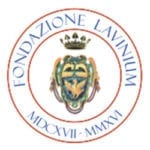



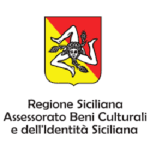

















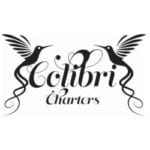




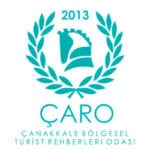
Previous
Next

